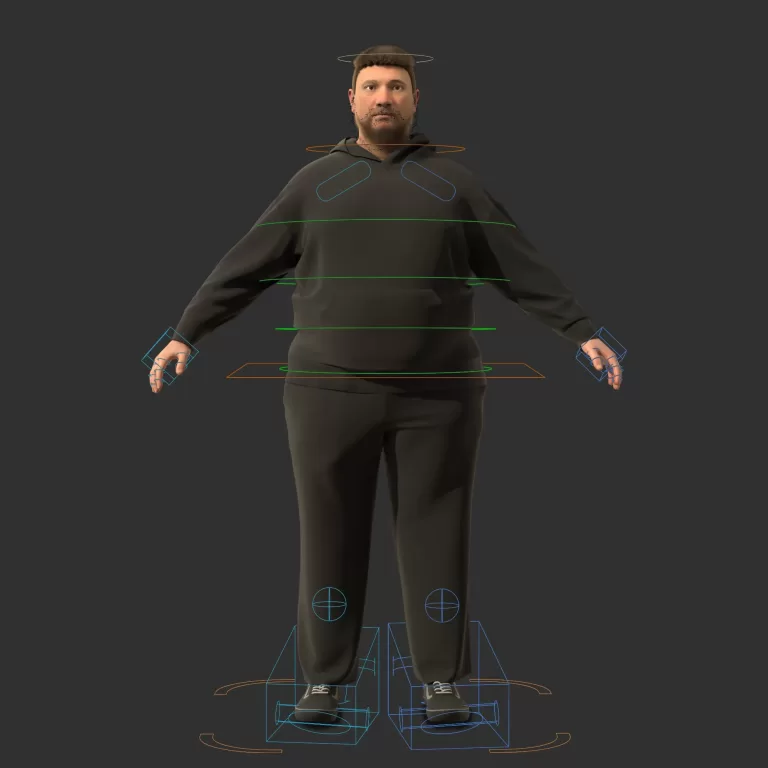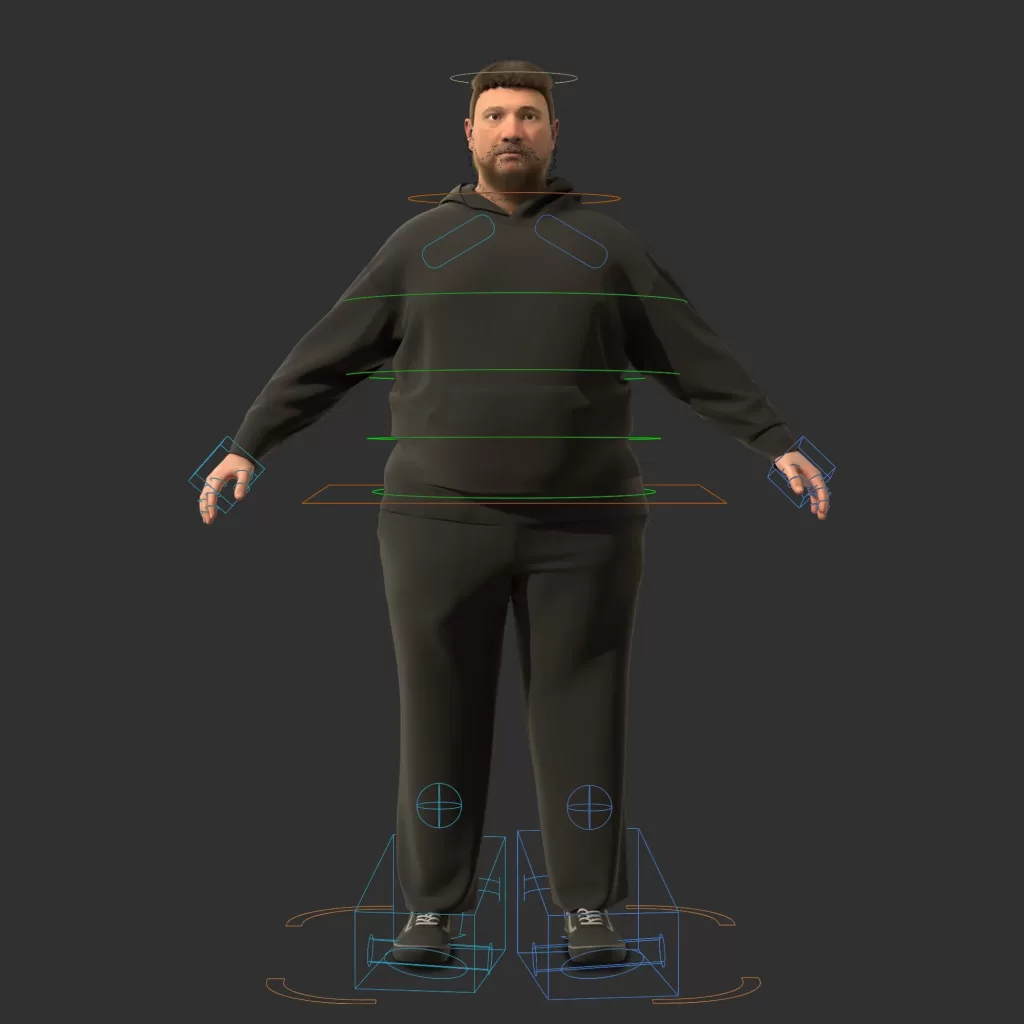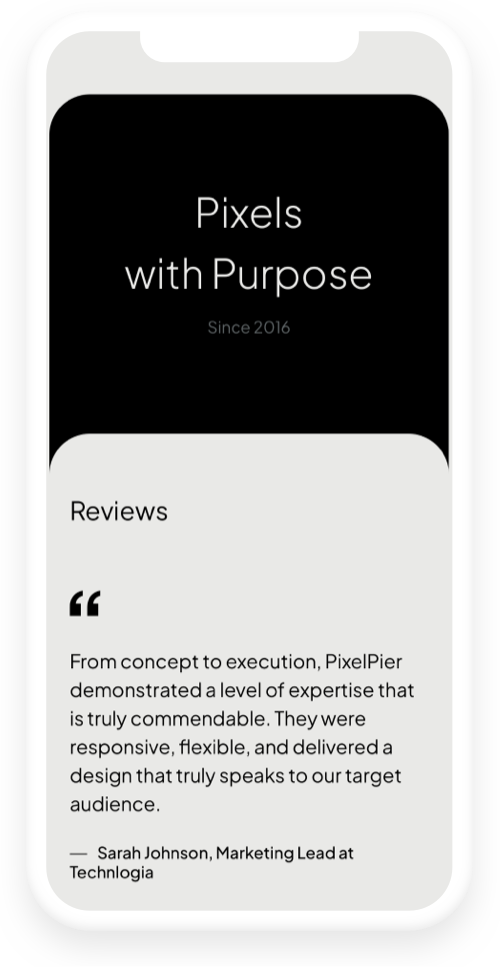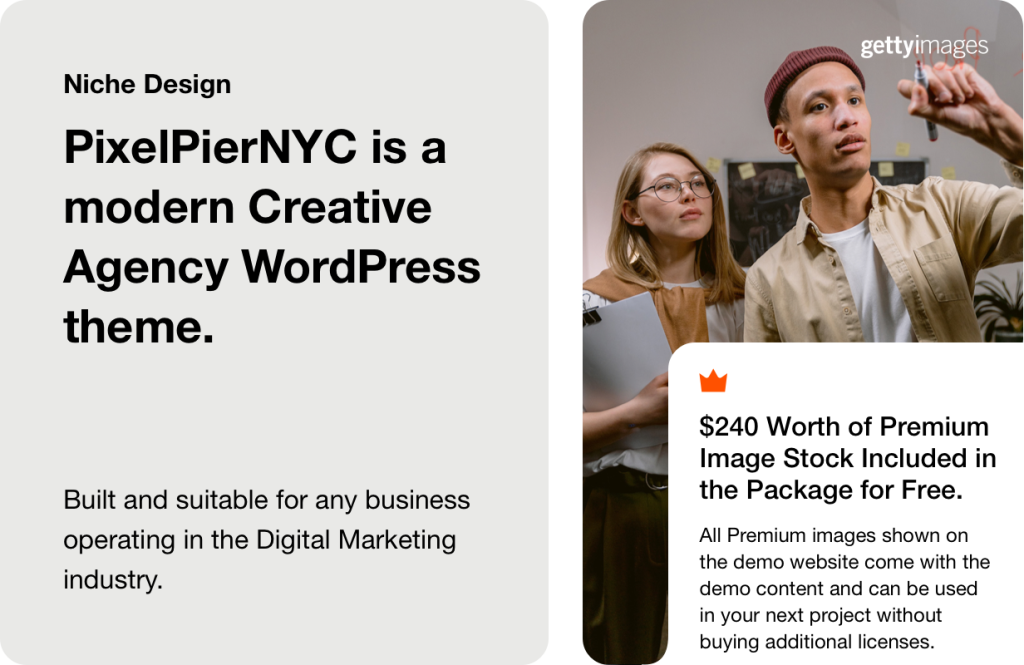The integration of artificial intelligence (AI) into various sectors is transforming how businesses operate, connect with customers, and optimize their workflow. One of the most fascinating manifestations of this trend is the emergence of AI Virtual Assistants. Coupled with colossal innovations like NVIDIA’s AI technologies, businesses are experiencing a paradigmatic shift in AI-powered marketing automation. This article delves deep into these advancements, their industry applications, and potential future trends, alongside technical insights and real-world use cases.
.
**Understanding AI Virtual Assistants**
AI Virtual Assistants, powered by machine learning and natural language processing, are computer programs designed to perform tasks or services for an individual based on verbal or written commands. Businesses utilize these virtual assistants to improve efficiency, enhance customer engagement, and streamline operations. The rise of AI Virtual Assistants can be attributed to their capabilities, which include processing customer inquiries, recommending products, and managing schedules.
Recent statistics reveal that a significant percentage of consumers prefer communicating with businesses through chatbots or virtual assistants. According to a report by PwC, 63% of consumers believe that AI is transforming their experience as customers. This trend emphasizes the underlying expectation for immediate and accurate responses, shaping how businesses approach customer service.
.
**AI-Powered Marketing Automation: A New Paradigm**
While AI Virtual Assistants serve customer-facing roles, AI-powered marketing automation takes a broader approach in optimizing marketing strategies. By leveraging AI, companies can automate repetitive tasks such as email campaigns, social media postings, and customer segmentation. This not only enhances efficiency but also leverages data analytics to understand consumer behavior and preferences.
NVIDIA’s AI technology has become a central pillar in this transformation, facilitating faster processing and more sophisticated algorithms that enable marketers to predict trends, track engagement, and optimize their strategies accordingly. With the ability to analyze large datasets at lightning speed, businesses can craft personalized marketing messages that resonate deeply with their audience, leading to higher conversion rates.
.
**NVIDIA’s Role in Shaping AI Innovations**
NVIDIA, a giant in the tech sector, is renowned for its exceptional graphics processing units (GPUs) and innovations in AI computing. The company’s technologies are changing the landscape of AI by enhancing how machines learn and making advanced computations accessible to a larger audience.
One of NVIDIA’s key contributions is its software, including the NVIDIA CUDA and TensorRT, which serve as platforms for developing AI applications. These advancements facilitate the development of robust AI Virtual Assistants and deepen the effectiveness of marketing automation tools by enabling real-time data processing and analyzing vast datasets.
NVIDIA’s cutting-edge research also supports developments in neural networks, allowing machines to understand and process human language more efficiently. By integrating such technologies into AI Virtual Assistants, companies can offer more interactive and personalized experiences to their customers.
.
**Industry Applications: Real-World Use Cases**
The applications of AI Virtual Assistants and AI-powered marketing automation span across various industries, showcasing their versatility and effectiveness.
1. **E-Commerce**: Retail giants like Amazon employ AI-driven virtual assistants to manage customer inquiries, track orders, and provide personalized product recommendations. This not only enhances user experience but also drives sales by guiding customers towards relevant products.
2. **Healthcare**: In the medical field, AI Virtual Assistants are being utilized to schedule appointments, provide medication reminders, and even answer common health-related inquiries. This application reduces wait times and streamlines operations, ultimately improving patient experience.
3. **Real Estate**: Real estate companies are adopting AI-powered marketing automation tools to reach potential buyers efficiently. By analyzing customer data, they can target specific demographics with tailored messages, dramatically increasing the likelihood of conversion.
4. **Banking and Finance**: Financial institutions utilize AI Virtual Assistants to provide customers with account details, transaction alerts, and financial advice. Furthermore, AI-powered tools assist banks in automating marketing campaigns, enhancing customer engagement and retention rates.
.
**Technical Insights into the Future of AI**
The ongoing evolution of AI technology presents both opportunities and challenges for businesses. Companies must remain proactive and informed to harness these advancements effectively. Integrating AI Virtual Assistants and marketing automation into existing systems requires an understanding of key technical components.
1. **Data Privacy and Security**: As AI technologies increasingly rely on vast amounts of data, protecting customer information is paramount. Businesses must implement robust security measures to safeguard sensitive data from breaches and ensure compliance with regulations such as GDPR.
2. **Natural Language Processing (NLP)**: Continued advancements in NLP are crucial for the effectiveness of AI Virtual Assistants. Investing in technologies that enhance understanding and interpretation of human language will lead to more accurate and relatable customer interactions.
3. **Predictive Analytics**: Combining AI Virtual Assistants with predictive analytics can significantly improve business strategies. By understanding patterns and trends, companies can anticipate customer needs and deliver proactive solutions.
4. **Integration with Existing Systems**: The successful implementation of AI technologies hinges on their ability to integrate seamlessly with existing digital infrastructures. Organizations must prioritize compatibility and adaptability when adopting new AI solutions.
.
**The Future: Trends and Solutions on the Horizon**
As AI trends continue to evolve, businesses must stay agile to adapt to changes and leverage new possibilities. Some anticipated future trends include:
1. **Enhanced Personalization**: Advancements in AI will enable even more refined personalization. Companies will not only provide tailored recommendations but will also anticipate customer needs proactively, creating an almost intuitive user experience.
2. **Voice-Activated Assistants**: The rise of voice-activated technology will lead to more businesses incorporating voice functionality into their AI Virtual Assistants. This integration will further improve user accessibility and engagement levels.
3. **Augmented Reality (AR) and Virtual Reality (VR)**: As AR and VR technologies mature, they will find their way into AI applications, particularly in marketing, creating immersive experiences that captivate customers and drive sales.
4. **Cross-industry Collaborations**: The increasing complexity of AI applications will spark more collaborations between tech firms, marketers, and industry specialists. This cross-pollination of knowledge will lead to innovative solutions that transcend traditional boundaries.
.
**Conclusion**
The landscape shaped by AI Virtual Assistants and NVIDIA’s pioneering technology in AI-powered marketing automation holds immense promise for businesses willing to evolve and innovate. As we embrace a future dominated by intelligent systems, the road ahead is laden with opportunities to enhance user experiences, optimize marketing efforts, and drive operational efficiency. By understanding and leveraging these trends, companies can remain competitive in an ever-changing market and ultimately achieve their business objectives.
In this digital age, the potential of AI is just beginning to unfold, forging pathways toward unparalleled success in countless industries.
**Sources:**
1. PwC (2023). “AI Insights: The Future of Customer Experience.”
2. NVIDIA (2023). “CUDA Toolkit Documentation.”
3. McKinsey & Company (2023). “How AI is Transforming Marketing.”
4. Forrester Research (2023). “The Rise of AI in Business.”



























